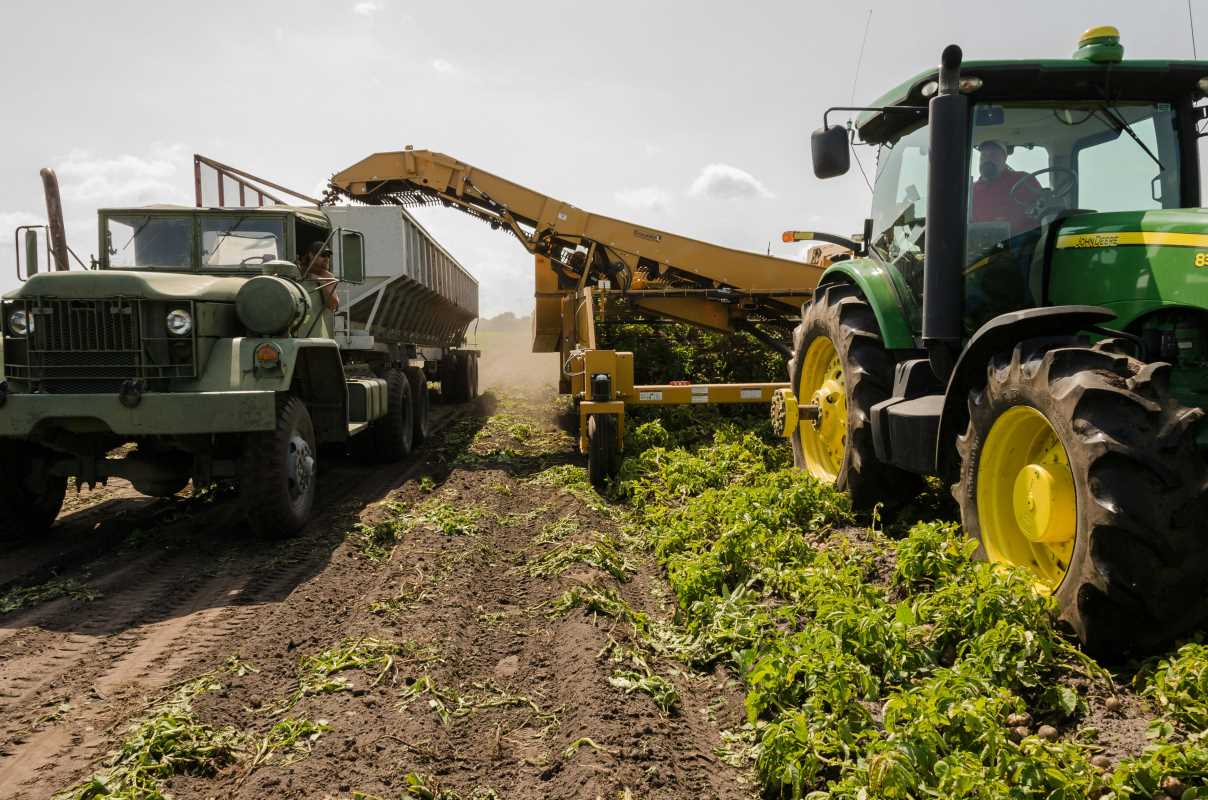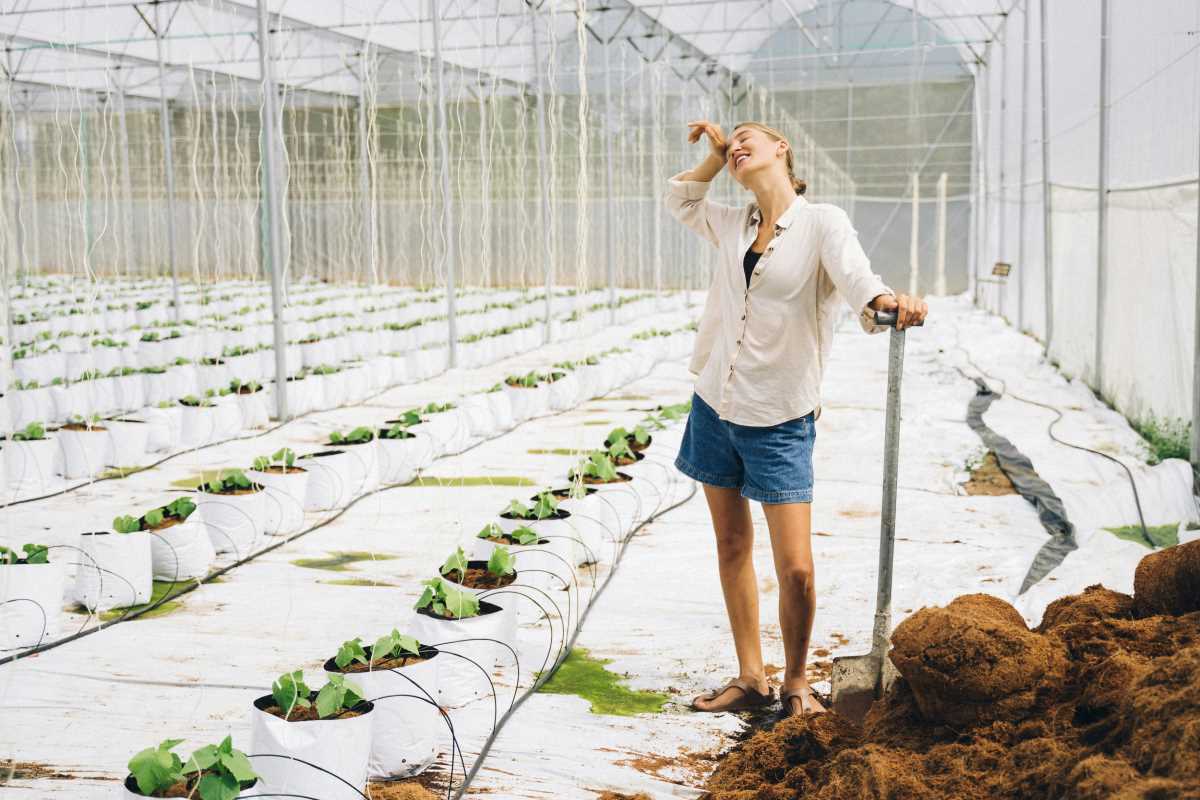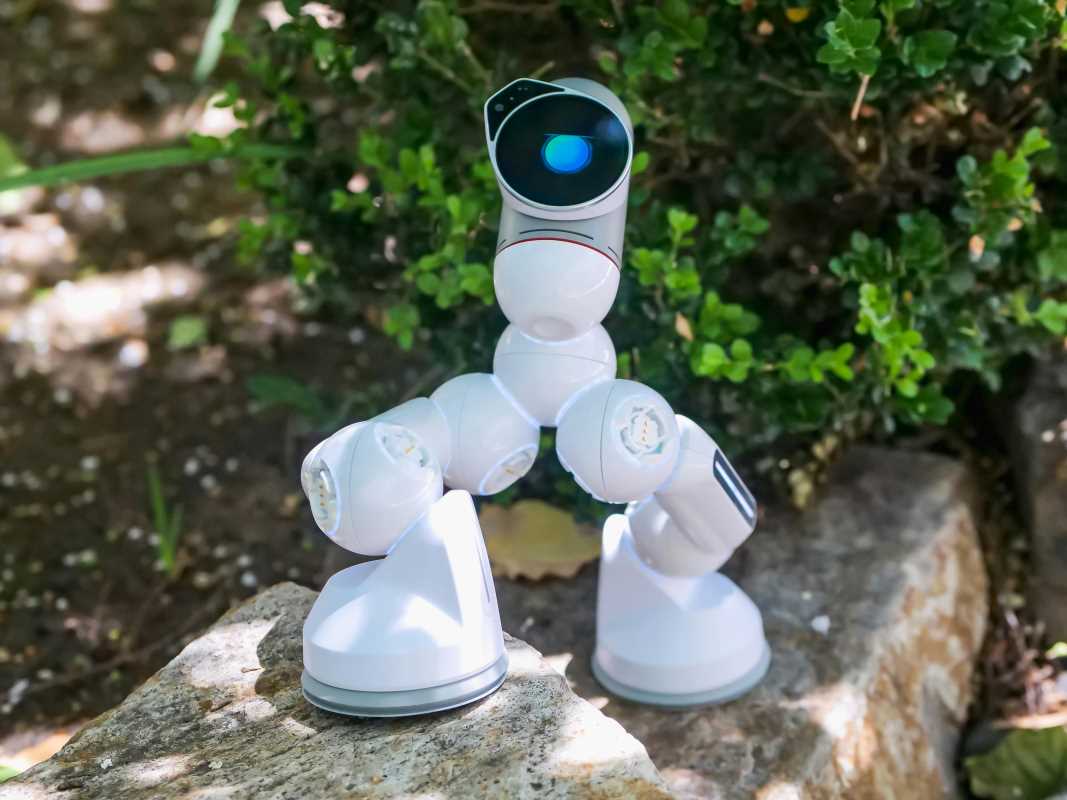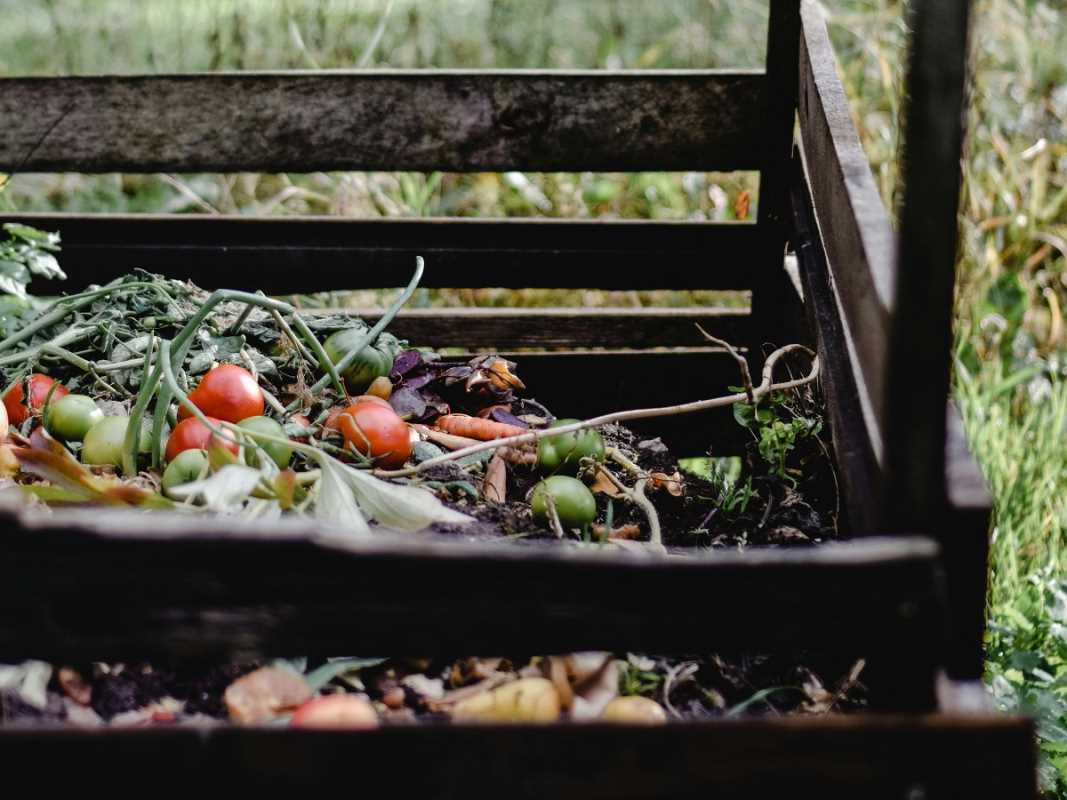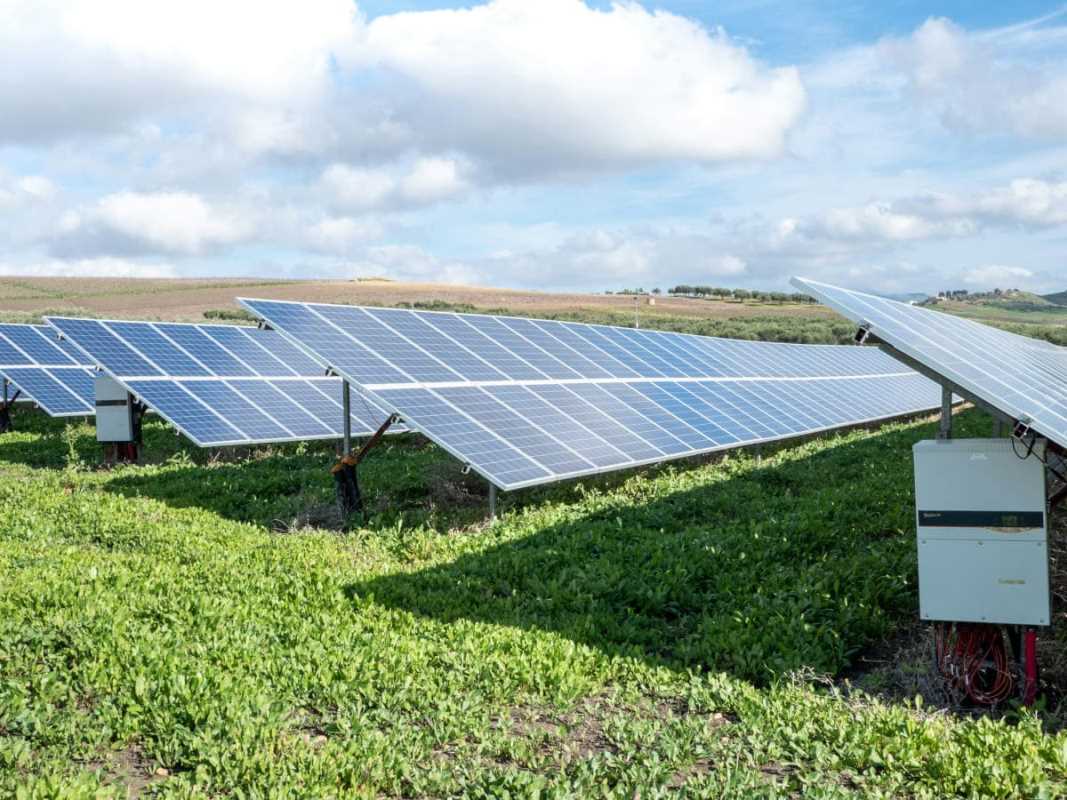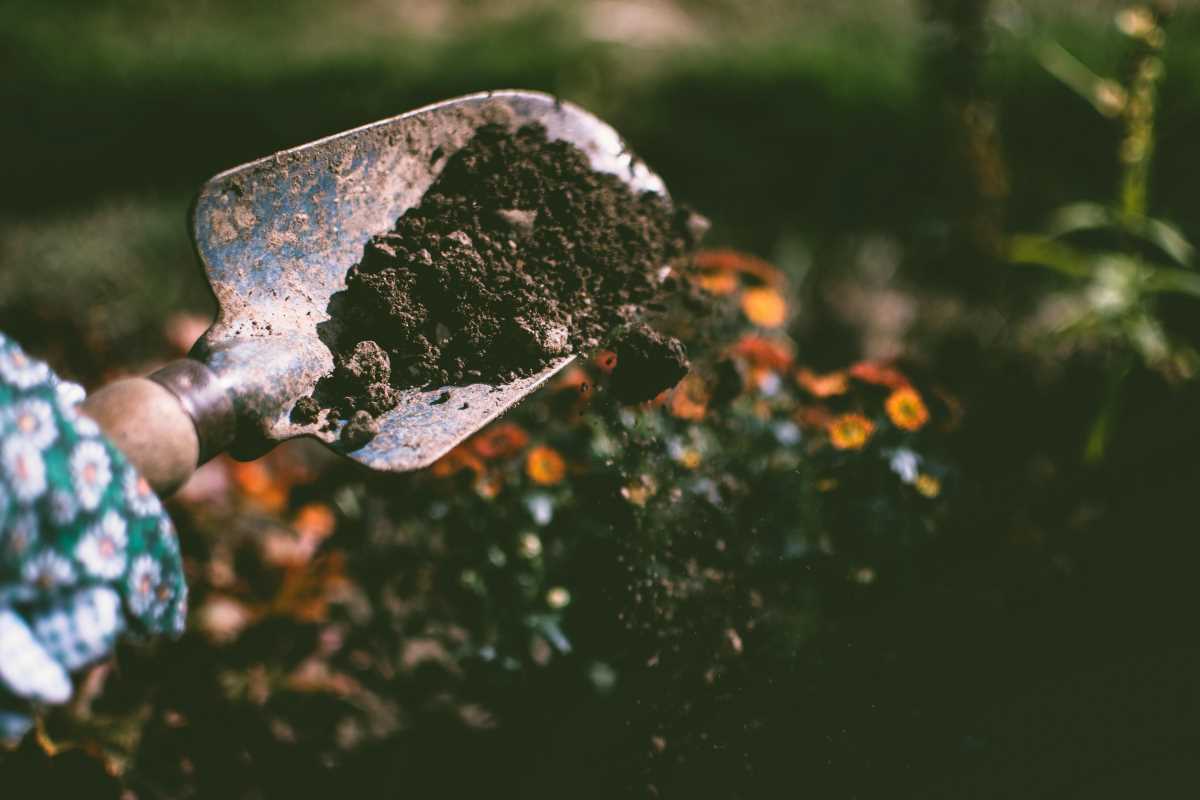Many farm owners work hard to maintain healthy, productive crops throughout the growing season. When pests or diseases appear, acting quickly can prevent problems from spreading and safeguard the year’s harvest. Timely detection makes it possible to address issues before they cause significant losses. With the rise of smart mobile apps, growers now have useful resources that deliver clear and dependable information right to their fingertips. These apps offer practical guidance, helping users make informed decisions in the field and respond promptly to emerging threats, which can make a noticeable impact on overall crop success.
This discussion explores common challenges in identifying pests and diseases. It outlines features you should expect from mobile apps and lists some top-rated options. You will find clear steps on how to use these apps effectively along with practical examples for integrating technology with hands-on field practices.
Common Challenges in Identifying Pests and Diseases
Working with large areas of farmland means you often face complex problems that differ from one region to another. Unpredictable weather and varied crop types create a confusing landscape where quickly identifying issues becomes difficult. Farmers experience delays, misdiagnoses, and sometimes costly mistakes when pests or diseases spread before you can respond.
Here are some challenges farmers often encounter on the field:
- Lack of immediate and reliable diagnostic information
- Difficulty tracking rapid infestations over large areas
- Inconsistent pesticide effectiveness due to evolving pest resistance
- Inadequate integration of real-time data with traditional practices
Farmers often have limited access to expert advice right on the field, leading them to rely on outdated methods that fail to detect new threats.
Key Features to Look For in Identification Apps
When choosing a mobile app for pest and disease identification, focus on concrete features that can improve the speed and accuracy of your decisions. You need apps that update frequently and provide real-time data tailored to your specific region. A good app simplifies the process with cross-checking functions and a user-friendly interface.
Consider these key features:
- Real-time alerts and notifications
- User-friendly interface with high-quality images
- Database of local pests and disease profiles
- Integration with weather data for predictive insights
- Offline functionality for remote areas with poor connectivity
Choosing apps that include these features guarantees you will never be left wondering about the cause of a sudden crop issue.
Top Mobile Apps for Fast Pest and Disease Identification on the Farm
Several mobile apps focus on quickly identifying potential pest and disease threats. These solutions suit anyone managing large parcels of land and needing prompt, accurate data. They combine scientific research with user-friendly design to provide immediate support during critical moments. One of their best benefits is their ability to offer advice regardless of your location.
Explore these options:
- AgroScan offers real-time data and a comprehensive database on pest infestations.
- FarmGuard uses advanced image analysis to deliver near-instant diagnostics.
- FieldWatch includes a built-in weather module that correlates pest and disease risks with local climate trends.
- CropShield provides community-driven insights and active alerts.
- Fast Pest and Disease Identification on the Farm becomes essential when using these apps for timely decisions.
These tools help you stay proactive in crop management, making sure you address problems before they spread across your land.
How to Use These Apps Effectively
Getting the most out of pest and disease identification apps involves more than just downloading them. You should explore all features and keep the apps updated with the latest data. Regular use builds your confidence and results in faster, more precise assessments over time.
Follow these simple steps:
- Create an account to personalize your experience.
- Set up location-based alerts to respond promptly to local issues.
- Update the app regularly to access new features and data improvements.
- Familiarize yourself with the image library and diagnostic tools available.
- Record your findings and compare them with historical data within the app.
These actions will help you fully utilize each app, enabling you to act decisively when problems appear.
Tips for Combining App Use with Hands-On Farm Practices
Technology works best when you combine it with manual observations and traditional knowledge. Manual inspections remain important checkpoints to verify digital alerts. Merging app results with on-site visits creates a balanced approach that improves both preventive measures and targeted treatments.
Consider these practical examples:
- Use app notifications as a trigger to inspect specific crop sections that show early signs of trouble.
- Map affected areas using GPS coordinates from your app, then plan targeted pesticide or mowing routes.
- Keep a routine log combining app-reported issues with your own field observations to track long-term trends.
- Coordinate with neighboring farms and share data from mobile apps to assess broader infestations.
- Compare seasonal trends by analyzing app data against physical crop performance, helping you refine your treatment methods.
This combination of modern technology and traditional practices enhances farm management, ensuring every part of your land gets the attention it needs when issues arise.
Smart mobile apps provide helpful support in managing pests and diseases across large areas. They allow you to catch issues early, leading to timely actions that protect both crop quality and yield.
Use these tools daily to simplify decisions, reduce losses, and maintain a healthy environment. Combine digital insights with traditional methods for efficient harvest protection.
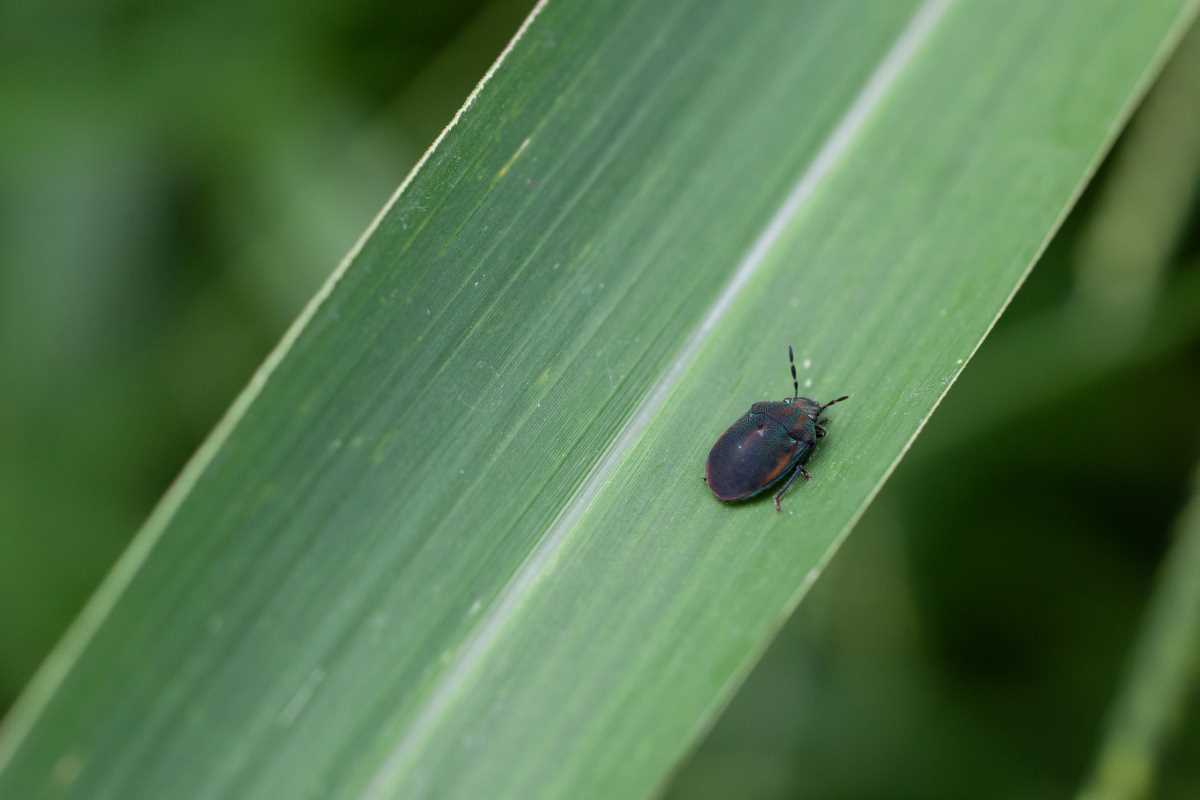 (Image via
(Image via
